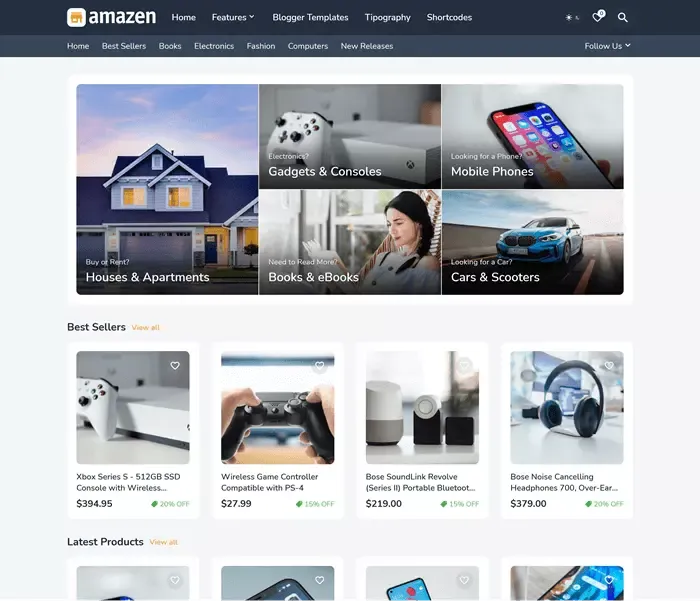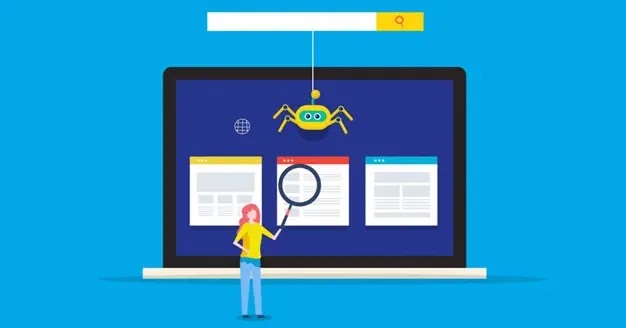What Is the Hook Model and How Can It Help You?
The fact that we have all become addicted to certain products or services is
not something that can surprise us today. But did you know that
over 69% of smartphone users check their device in the first
5 minutes after waking up in the morning?
On average,
smartphone users unlock their phones 150 times a day, and over 50% of
smartphone owners never turn off their phones. Mobile phones and many other
devices have created habits without which we could not imagine our daily life
today.
Nir Eyal, an American writer, lecturer, and investor in the
book Hooked,
reveals to us the importance of habits and how you, like numerous
world-famous companies, can build a user experience that will create habits
and the desire of consumers to return to your products every time.
What are habits?
Habits represent a form of behavior that is acquired that is, learned,
and created as a result of countless repetitions of the same activity. As Nir
Eyal points out, it is a behavior or action that is performed with little or
no thought.
The products and services we use every day become part
of our habits that cannot be easily changed - whether it is a good habit or a
bad one.
Well-known global companies have recognized the importance
of habits for their business and survival on the market, and in the focus of
their strategies they necessarily put the consumer and their attachment to
products and services, and Nir Eyal reveals to us through the Hook Model how
to achieve that effect.
"We are what we repeatedly do. Excellence, then, is not an act, but a habit." - Aristotle{alertInfo}
Hook Model
Signs that lead us to a specific action are all around us. Whether it's
advertisements, billboards, applications, etc. All of them are there to
convince us to perform the exact activity, like making a purchase.
But how do get someone to become a regular user of a particular
product or service? It is what the Hook Model reveals to us.
The
Hook Model is a process consisting of four simple steps that can help you
create the desired habit in your users. The goal of applying this model is to
achieve unintentional engagement of users without the use of expensive
advertisements and aggressive messaging.
The steps within the Hook
Model are:
To bring Hook Model closer to you, below we reveal the details related to each
of these steps.
Trigger - Hook Model
Triggers are the initiators of a certain behavior -
it's the initial spark that leads us to a specific action. The trigger
can be a simple notification on your mobile phone. It is a trick that many
companies use to attract our attention. Triggers can be divided: into
external and internal.
External trigger
External triggers are information that tells users
what they need to do next, that is
what is the next action they need to take.
There are four
types of external triggers that companies can use:
Paid triggers
They can be in the form of advertising, search engine marketing, and
other paid channels that are usually used to attract the attention of users
and lead them to take action. This type of trigger can be helpful but also
require enormous financial investments. This type of trigger is mainly used by
companies to attract new users and then devote themselves to developing a
strategy and finding the best ways to retain them.
Earned triggers
Earned triggers are those that cannot be bought and refer to the effort
that needs to be put into building the best possible relations with the media
and the public in general.
The trigger is considered to have been
earned if you are mentioned in an article, your video becomes viral, or some
other promotional material is circulated repeatedly through various networks.
When you have an earned trigger, people take specific steps
on their initiative that contribute to your business.
Relationship triggers
Recommendation of a product or service by friends and family can be a
key external trigger. If users are satisfied with a specific product or
service. They will be happy to share their impressions with the closest people
from their environment.
This type of trigger implies the
engagement of a user who is enthusiastic about how a certain product or
service solves the problem he is facing and his willingness to share his
enthusiasm with his environment.
User Consent Triggers
This type of trigger occurs after users log in to a specific account and
provide information about their email address, install applications and thus
show that they want to continue further communication. It can be a
subscription to the newsletter, permission to receive notifications from
specific applications, etc.
Internal trigger
Internal triggers are more difficult to identify because they are the
kind of triggers that manifest themselves within our thoughts. And their use
requires a deep understanding of the user's motivations and fears.
One
of the key characteristics of internal triggers is that they happen exactly
because of the fear that some important information will be missed (FOMO -
fear of missing out).
We can connect this with daily checking of
our accounts on social networks. It is evident that our emotions, whether
negative or positive, are powerful internal drivers that have an enormous
impact on our daily habits.
Action - Hook Model
Triggers have no meaning unless they are followed by action. To be
initiated, the action must be simple, that is, easy to perform. BJ Fogg, an
American researcher of social behavior from Stanford, developed a model to
understand as simply as possible everything that drives all our activities.
According to Fogg, there are three elements necessary to initiate behavior
in humans:
- motivation,
- the ability to perform the desired action,
- a trigger to activate a specific behavior.
These three things are what Fogg identifies as essential to an activity's success. The expected action or behavior in persons won't happen if one of them is missing.
To make the activity itself simple, Fogg explains what, are the six essential elements of simplicity:
- Time - How long does it take to complete the activity?
- Money - Is it worth spending a certain amount of money?
- Physical effort - The amount of work invested in the activity itself?
- Brain Cycles - Level of mental effort and the focus required for an activity?
- Social behavior - How much is specific behavior accepted by society?
- Non-routine behavior - How similar or different is the action from the existing routine?
When it comes to the activity itself, it is crucial to
eliminate everything that can prevent or hinder the user from
performing a specific activity. So it must be as simple as possible.
Reward - Hook Model
The third phase within the Hook model focuses on rewarding users. The
reward process itself takes place by solving the specific problem the user is
facing. You can find out more about why the problem should be the first
starting point when starting your business
here.
Numerous researchers who have dealt with human psychology have
come to the knowledge that the level of dopamine, one of the hormones of
happiness that affect the creation of the feeling of reward, increases when
our brain expects to receive a reward, and the introduction of novelties and
constant improvement of products only leads to an increase in that reward,
effect and increased desire to use.
We will single out three types of rewards that motivate users:
- Social rewards increase our sense of belonging, importance, and acceptance. Examples of social or social rewards can be likes, shares, and comments on social networks such as Instagram, Facebook, LinkedIn, etc.
- Variable rewards are those that we "hunt for," that is, for which we search, and appear in the form of a search for material resources and information. A good example is the Instagram or Pinterest feed. Users never know what kind of photo they will come across during their search and where, during the search itself, a specific type of satisfaction appears.
- Internal rewards for mastery, competence, and completion. Video games are a great example of this type of reward. Each passed level unlocks new options and ways to master each next level, which leads to the fulfillment of the user who strives to finish the game with constant progress.
For the Hook model to function, all activities or actions from the previous step must be connected with a reward that corresponds to the specific needs and wishes of the user.
If there is some kind of discrepancy between the problem the user has and the
solution you offer, there is not a single reward that will motivate the user
and encourage him to engage.
So it is essential to take care of
the alignment of all steps within the Hook model, and if this has been
achieved, it is necessary to put the user's understanding in the first place.
Investment - Hook Model
The last step within the Hook model is an investment. Investment occurs
when the user invests in the product his time, effort, information, social
capital, money, etc. The investment phase - does not refer only to financial
investments but to providing the product or service with an opportunity to be
used again.
Users invest in improving their user experience through referring friends and
family to a product or service, inviting them to special events, and learning
about new options for specific products.
Previous research has
shown that users value a product or service much more in which they have
invested more of their time or effort. This phenomenon is also known as the
IKEA effect.
The well-known Swedish company IKEA, through an
innovative way of packaging, managed to reduce costs, increase the efficiency
of distribution, ensure better use of space and stand out in the "sea" of
competitors who deliver their products to users assembled or hire their
employees for that part of the work.
IKEA did the complete
opposite. In the entire process of assembling the product, she included the
users, who invest a certain amount of effort to reach the final appearance of
the product.
Because of the effort invested, users become emotionally attached to a given product and value it much more than they would with a product that would be delivered to them assembled.
It should be noted that the investment phase requires a lot of planning for it
to produce the expected results and that it is necessary to take into account
the motivation of the users to approach investing in the desired way.
Conclusion
We hope that this article helped you to understand how important the
formation of habits is for the user experience, as well as what effort is
needed to encourage the user to a specific activity, but also that none of
this is possible without understanding the user, their wishes and need. If you
are interested in this topic, we strongly recommend that you read the book
Hooked, authored by Nir Eyal, which was the inspiration for this article.









